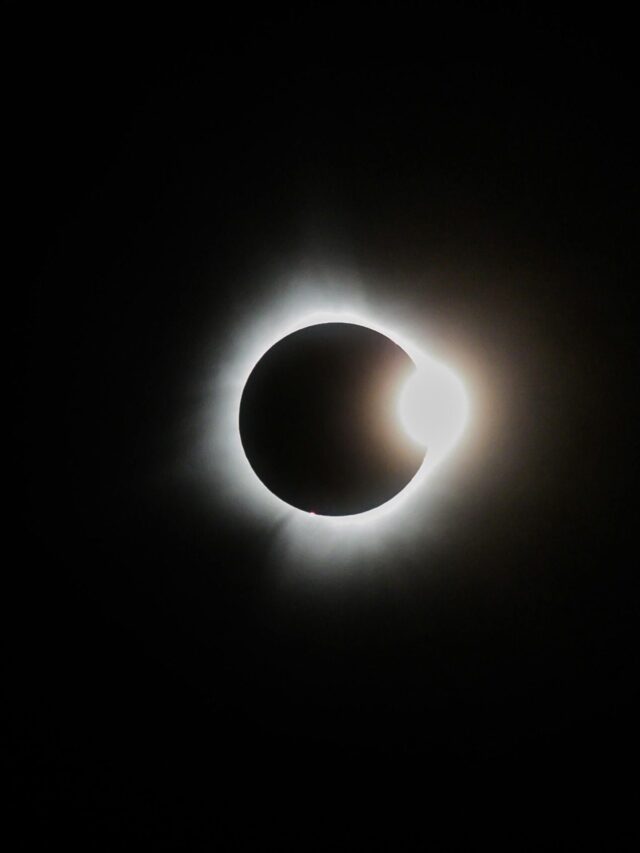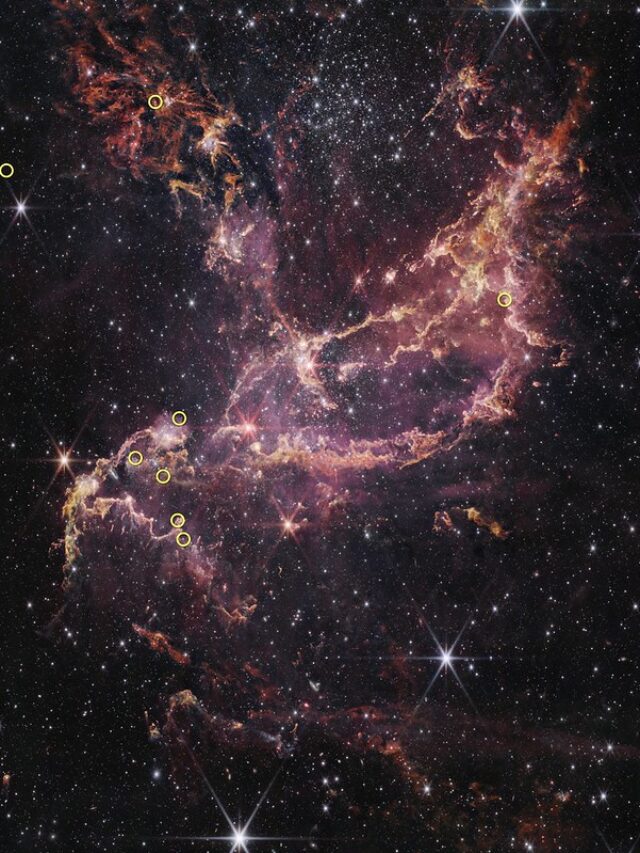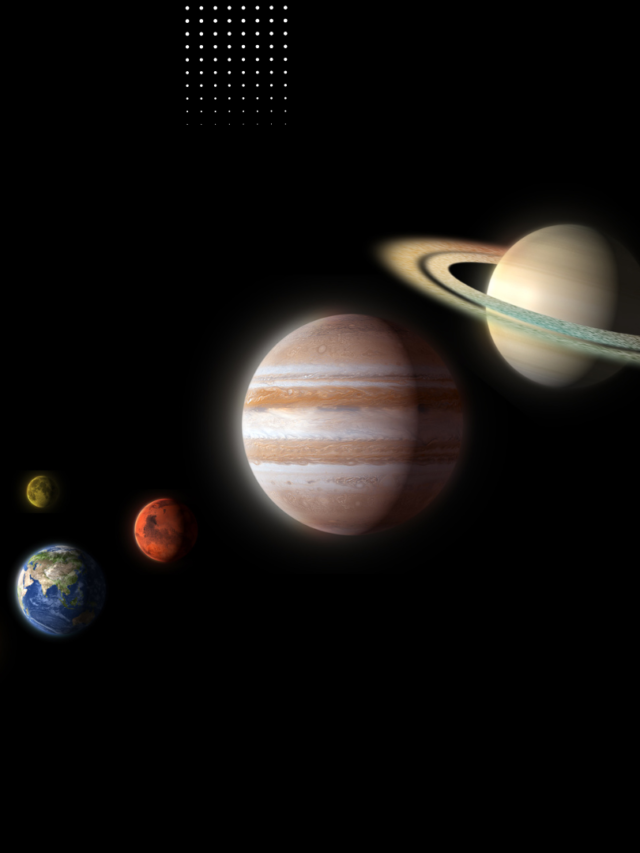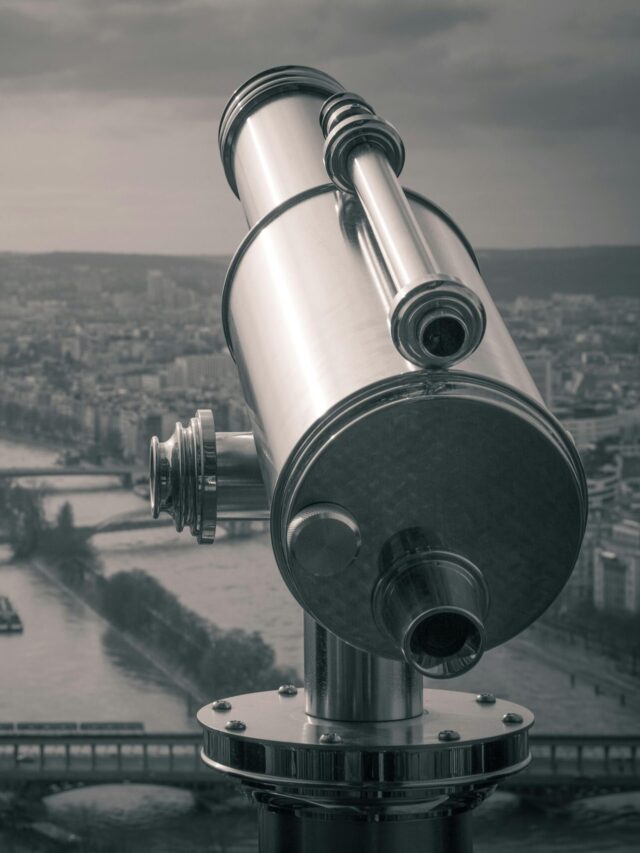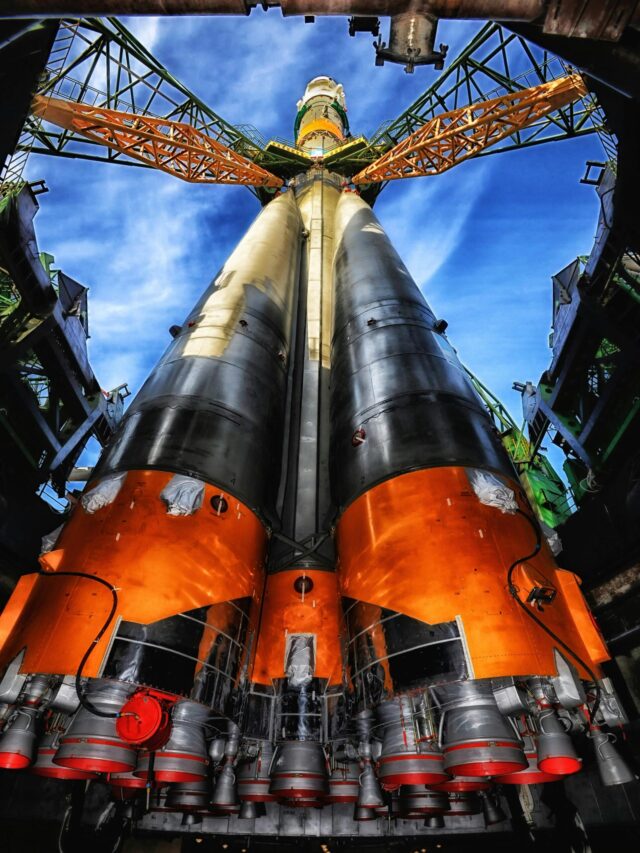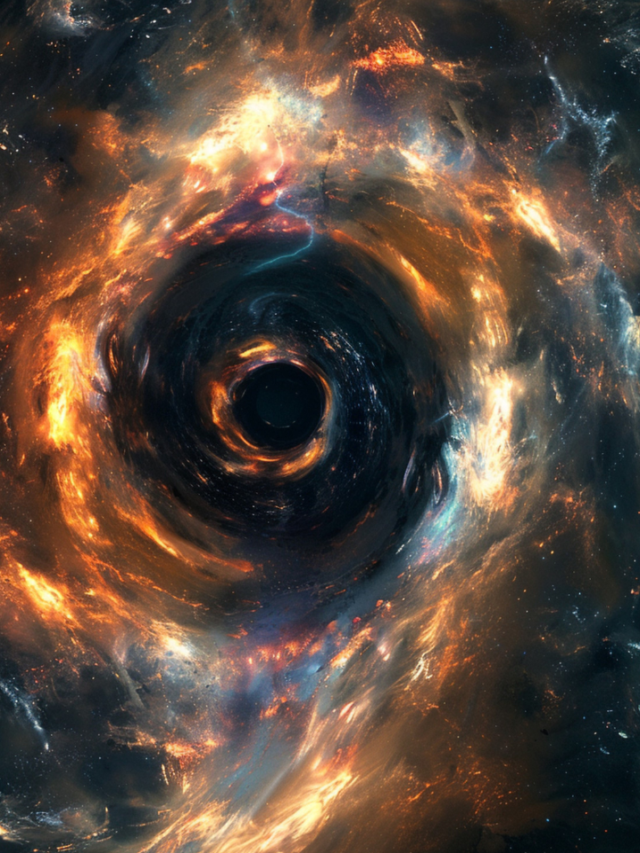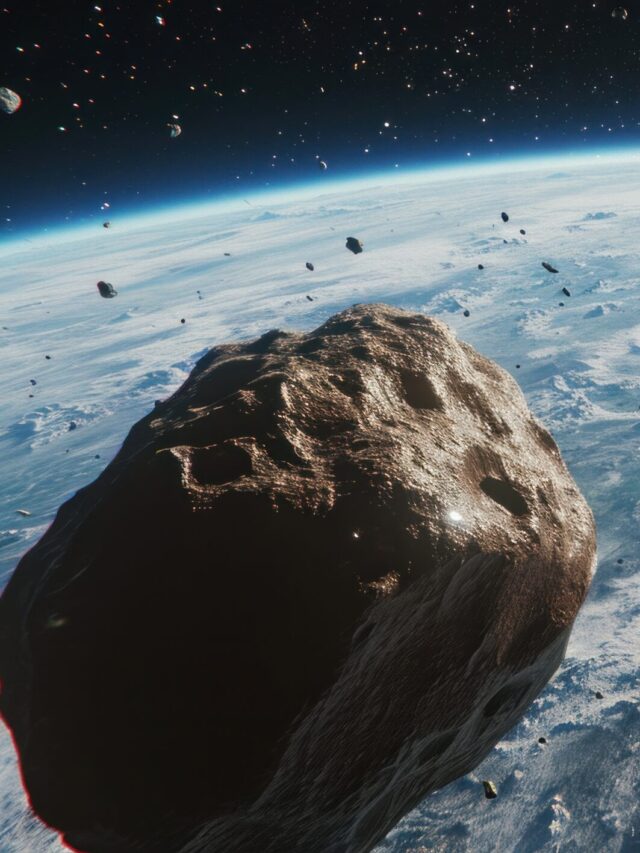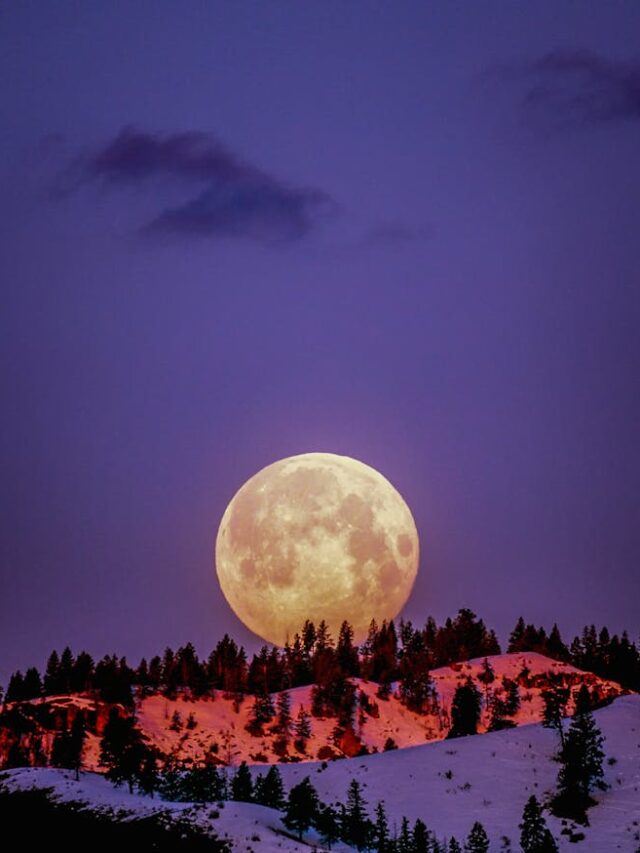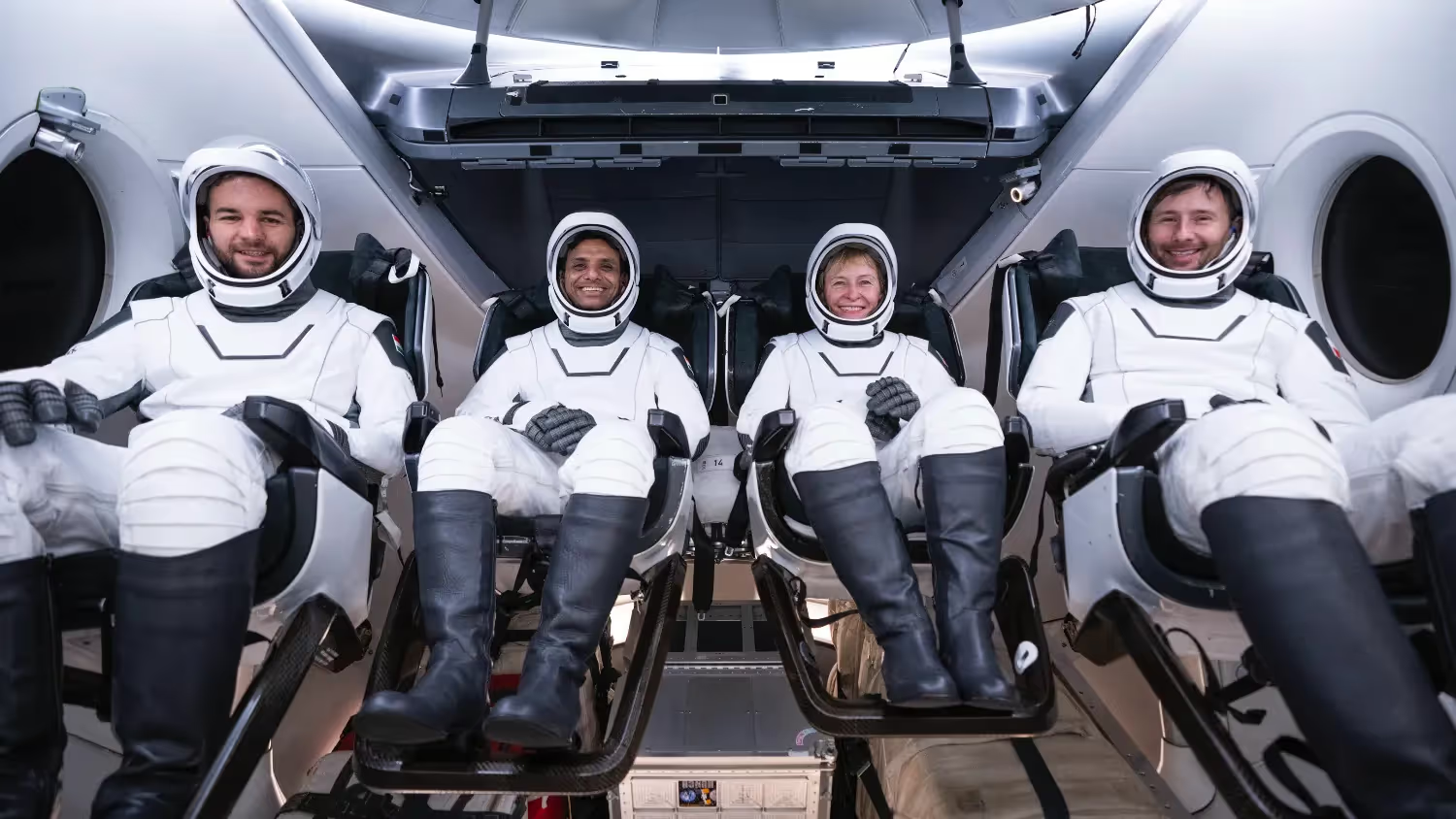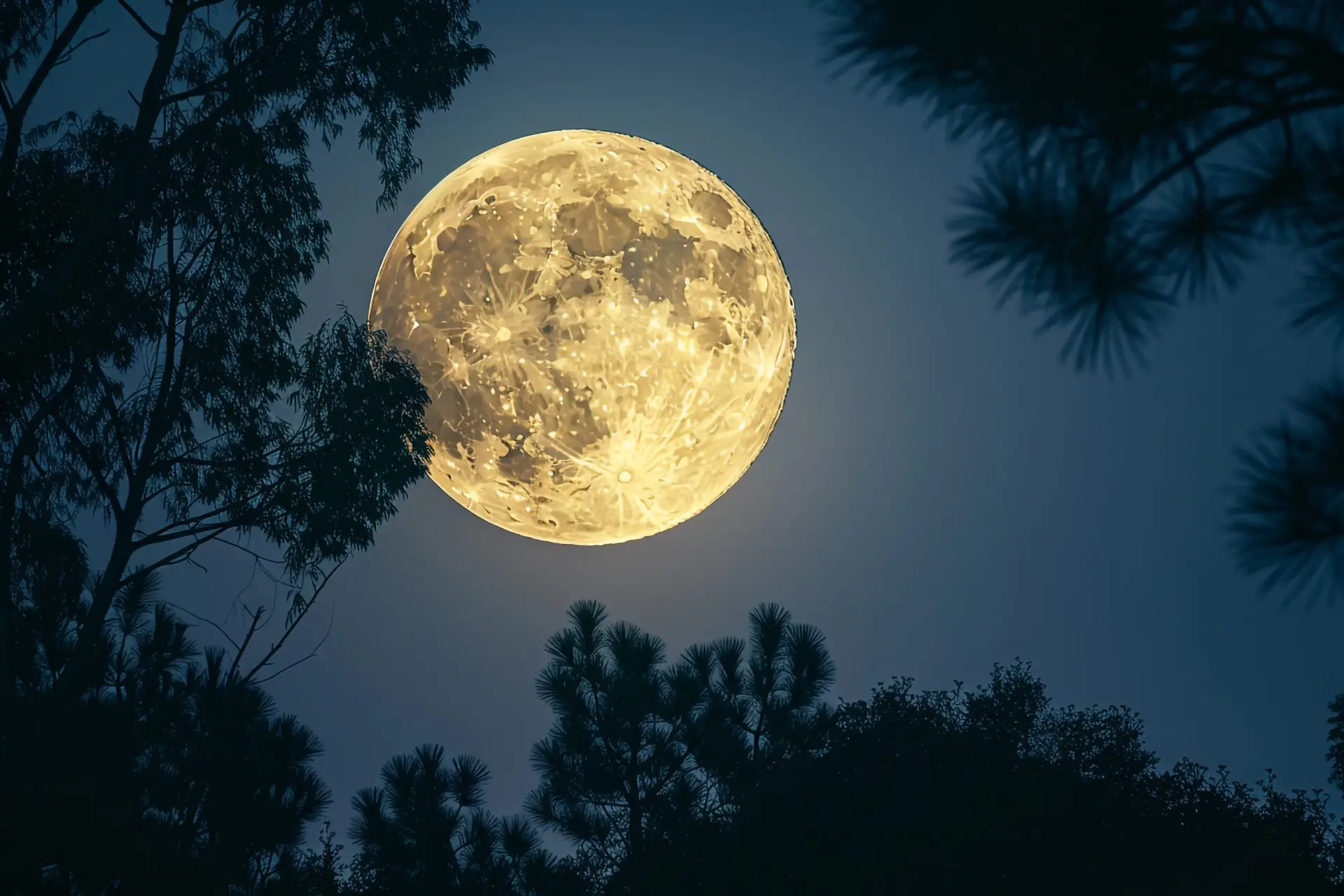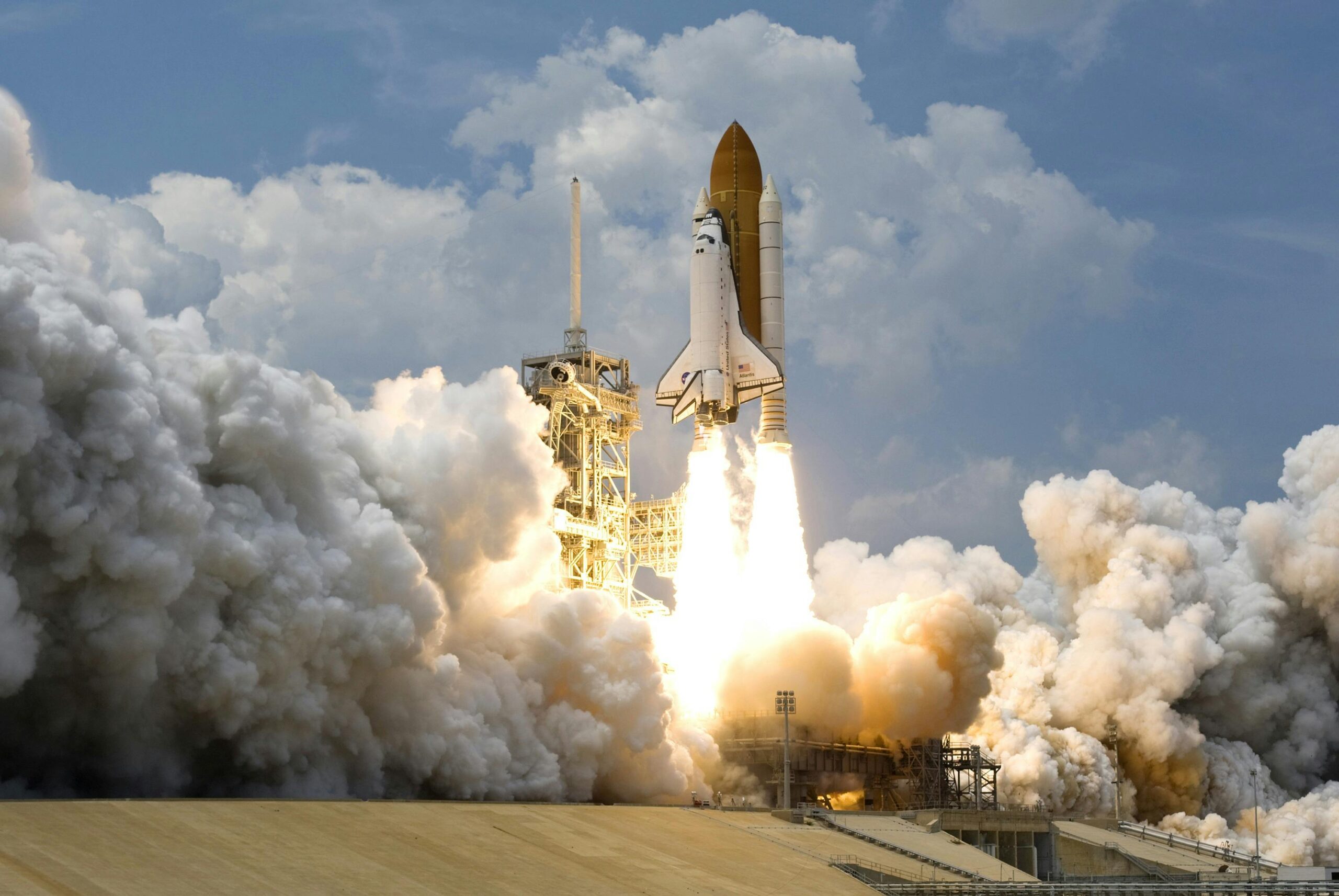Introduction
Axiom Mission-4 mission will realize a “return” to the world of human spaceflight for India, Poland, and Hungary, marking the first government-sponsored space mission for these three countries in 40 years. While Ax-4 will be the second human spaceflight mission for these three countries, it will mark the first time the three countries will fly together to the International Space Station (ISS).
This is a historic mission that shows how Axiom Space is redefining the way to reach low-Earth orbit and giving a new flight to national space programs around the world.
The Ax-4 mission’s research segment includes approximately 60 scientific studies and activities representing 31 countries — including the U.S., India, Poland, Hungary, Saudi Arabia, Brazil, Nigeria, the UAE, and several European countries.
This will be the largest science and research-based Axiom Space mission to date conducted on the ISS, highlighting the mission’s global importance and collaboration — especially in the field of microgravity research in low-Earth orbit (LEO).
The mission’s scientific leadership will be held by the U.S., India, Poland (in partnership with ESA), and Hungary. Its main goal is to further expand the space participation of these countries, include different stakeholders, and showcase the benefits of microgravity research to the world.
The aim of these studies will be to advance global understanding in the areas of human research, Earth observation, and life sciences, biological and material sciences – while also showing how strong the space research capabilities of the crew’s countries are.
Why Axiom Missions Matter
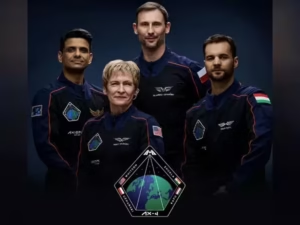
Space used to be the domain of nations. Now, thanks to companies like Axiom Space, it’s becoming more personal — more human. These missions are rewriting the rules of who gets to go beyond Earth.
What Makes AX-4 Unique
AX-4 isn’t just another voyage. It features a multi-national crew, new science goals, and advanced tech integration. Plus, it’s a step closer to Axiom’s ambitious plan to build the first commercial space station.
🌍 What is Axiom Space?
A Private Leap Into Orbit
Founded in 2016, Axiom Space is a trailblazer in commercial spaceflight. It’s not just hitching rides on rockets — it’s building the future of privately-run space stations.
Mission Events
- Approach & Docking :T he Ax-4 crew will arrive and dock to the International Space Station before being greeted by NASA’s Expedition Crew for the welcome ceremony. This begins their 14-day mission on the orbiting laboratory conducting microgravity research, technology demonstrations, and outreach engagements. June 26, 2025 4:30 am
- In-flight Update: Join the Ax-4 crew in orbit live from their SpaceX Dragon spacecraft as they make their way to the International Space Station. June 26, 2025 (1:47 am)
- Mission Launch: The Ax-4 crew launched aboard a SpaceX Dragon spacecraft to the International Space Station from LC-39A at NASA’s Kennedy Space Center on June 25 at 2:31 a.m. ET June 25, 2025(12:30 am)
- Crew Countdown to Launch: The astronauts of Axiom Mission 4 highlight their training and experiences, preparedness, and mission objectives. June 3, 2025(9:00 am)
Meet the Astronauts:
PEGGY WHITESON:
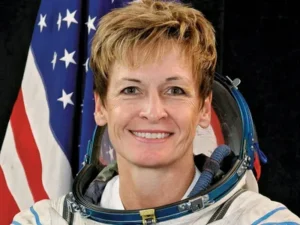
Whitson has more than 38 years of space and science experience at NASA. She is now the director of human spaceflight for Axiom Space and has previously been a consultant. During her career, she held many important roles, such as:
- Chief of NASA’s Astronaut Office
- Two-time commander of the ISS
- Chair of NASA’s Astronaut Selection Board
- Chief of NASA’s Operations Branch
- Deputy Division Chief of Medical Sciences and Astronaut Office
- And Co-Chair of the U.S.-Russian Mission Science Working Group
During the Ax-2 mission, Whitson achieved another milestone — she became the first female commander of a private space mission. Before that, she was the first woman to become the commander of the ISS, and to date, she is the only woman to have been the commander of the ISS twice. She was also the first non-military female chief of NASA’s Astronaut Office.
SHUBHANSHU SHUKLA:
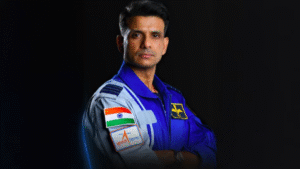
Group Captain Shubhanshu Shukla, a distinguished pilot of the Indian Air Force (IAF), has been selected as one of the four astronauts for ISRO’s historic Gaganyaan mission – which would be India’s first human spaceflight mission.
Born on 10 October 1985 in Lucknow, Uttar Pradesh, Shukla is fluent in English and his mother tongue Hindi. His journey began when he was commissioned in the fighter wing of the IAF in June 2006. As a combat leader and experienced test pilot, he has over 2,000 hours of flight experience, which he has achieved on a number of aircraft such as the Su-30 MKI, MiG-21, MiG-29, Jaguar, Hawk, Dornier, and An-32. His promotion to the rank of Group Captain in March 2024 is a testament to his exceptional capabilities.
In 2019, Shukla received a historic call from ISRO. He then completed a year of rigorous astronaut training at the Yuri Gagarin Cosmonaut Training Center in Russia’s Star City, Moscow.
On 27 February 2024, India’s Prime Minister Narendra Modi officially announced that Shukla is one of the elite astronauts who are training for India’s first human spaceflight mission – Gaganyaan (launch 2025).
Today, Shukla is feeling very honored and excited as he is going to pilot the historic Axiom Mission 4 (Ax-4) to the International Space Station (ISS) – which will add another golden chapter to India’s incredible journey of human space exploration.
READ MORE:TYPES OF SPACE MISSIONS
SLAWOSZ UZNANSKI-WISNIEWSKI
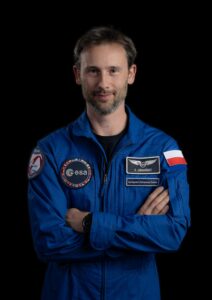
Sławosz Uznański-Wiśniewski, from Poland, is a talented scientist and engineer who is making significant contributions to the fields of science and space exploration. He is a member of the European Space Agency (ESA) Astronaut Reserve Class of 2022, where he earned his spot from a competitive pool of more than 22,500 applicants — for future missions, including the International Space Station (ISS) and beyond. Sławosz is fluent in English and proficient in French, showing off his diverse linguistic skills.
His educational journey began in Łódź, Poland, where he completed his M.Sc. (with honors) from Łódź University of Technology in 2008. He then extended his education to the international level — took another M.Sc. from Université de Nantes, France, and completed a Diplôme d’Ingénieur from Polytech’Nantes, also in 2008. In 2011 he completed a doctoral dissertation from University of Aix-Marseille, focussing on radiation-tolerant designs for space applications.
After academics too, Sławosz made major contributions to CERN (European Organization for Nuclear Research), Geneva. There he worked in the roles of reliability expert and project lead. His most important role was played between 2018 and 2020 as Engineer in Charge for the Large Hadron Collider (LHC) — where he managed the massive facility’s 24×7 operations.
Apart from science, Sławosz is also passionate about adventure. He enjoys high-altitude mountaineering expeditions, exploring remote areas of the world, and enjoying sailing adventures. Whether in the laboratory or open nature — his passion for exploration and discovery never diminishes.
Now Sławosz is joining Axiom Mission 4 (Ax-4) as a mission specialist — another step in his inspiring space journey.
TIBOR KAPU

Tibor Kapu, a mechanical engineer from Hungary, has been selected as a mission specialist for Axiom Mission 4 (Ax-4). He was born on 5 November 1991 in Nyíregyháza, Hungary, and his journey from the classroom to the cosmos is truly inspiring.
Kapu’s education began at Gyula Krúdy High School, Nyíregyháza. He then earned a degree in mechanical engineering from the Budapest University of Technology and Economics, after which he also completed a master’s degree in polymer technology. Not limited to just academics, Kapu has also brought his experience to the pharmaceutical, logistics, and automotive industries – where he worked on hybrid car battery development. His professional journey also took him to Belgium and the United States, where he further enhanced his skills in advanced technologies.
From 2022 until the start of the Hungarian Astronaut Program, Kapu worked on space radiation protection at an aerospace technology company.
In 2023, Kapu became one of four Hungarians selected from a pool of 247 candidates for the Hungarian to Orbit (HUNOR) Astronaut Program. This is a prestigious initiative whose aim is to send a Hungarian astronaut into space, where he can conduct world-class scientific experiments and tests on the International Space Station (ISS).
In his training, Kapu passed aircraft flying, space environment simulation, and tough mental and physical endurance tests. His studies covered: space engineering, space health, and spaceflight history, and he also took active participation in scientific experimentation.
Apart from science, Kapu is also an adventurer. He is an avid recreational skydiver — he has made 38 successful jumps so far. He is also a dedicated runner — he has completed 21 half marathons. This reflects his fearlessness and passion for exploration.
Today Kapu is excited for the historic Ax-4 mission, where he is going to contribute to the search for new knowledge in space for Hungary.
THOUGHTS:
“With a culturally diverse crew, we are not only advancing scientific knowledge but also fostering international collaboration. Our previous missions set the stage and with Ax-4, we ascend even higher, bringing more nations to low-Earth orbit and expanding humanity’s reach among the stars.”
Peggy Whitson, Ax-4 Mission Commander
Mission Aim:
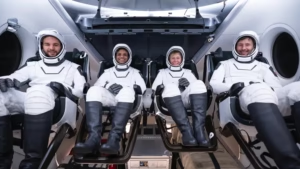
The Ax-4 crew includes astronauts from India, Poland, and Hungary — this will be the first mission for these three countries to go to the International Space Station (ISS), and the second government-sponsored human spaceflight mission in the last 40 years.
- Shubhanshu Shukla will be India’s second national astronaut to go to space since 1984.
- Sławosz Uznański, a project astronaut for the European Space Agency (ESA), became Poland’s second astronaut since 1978.
- Tibor Kapu will become Hungary’s second national astronaut since 1980.
- Peggy Whitson will be the commander of this mission — this will be her second commercial human spaceflight command, and she holds the record for spending the longest total time in space as an American astronaut.
- Ax-4 will be a commercial spaceflight mission that will include government and ESA-sponsored national astronauts — it is the second mission of its type.
The Ax-4 mission is a symbol of opportunity for India, Poland, and Hungary — where these countries are ready to take their national space programs to the next level through this mission.
AX-4 MISSION Research

The research complement of the Ax-4 mission includes nearly 60 scientific studies and activities representing 31 countries — including the U.S., India, Poland, Hungary, Saudi Arabia, Brazil, Nigeria, the UAE, and several European countries.
This will be the Axiom Space mission with the most research and science-related activity to date, which will be conducted aboard the International Space Station (ISS). This reflects the global importance and collaborative spirit of this mission, which has a main focus on advancing microgravity research in low-Earth orbit (LEO).
The scientific portfolios for this mission will be led by the U.S., India, Poland (in partnership with ESA), and Hungary. The mission goal is to further encourage space science participation in these countries — by involving different stakeholders, showcasing the value of microgravity research, and strengthening international collaboration.
These studies will enhance the knowledge of scientists around the world, especially in fields like human research, Earth observation, and life sciences, biological sciences, and material sciences. They will also highlight how advanced the space research capabilities of the crew’s home countries are.
